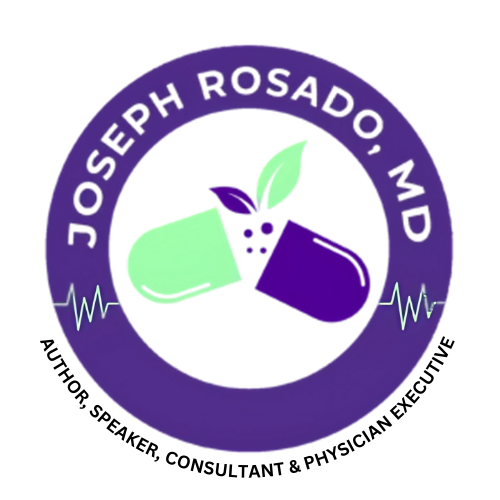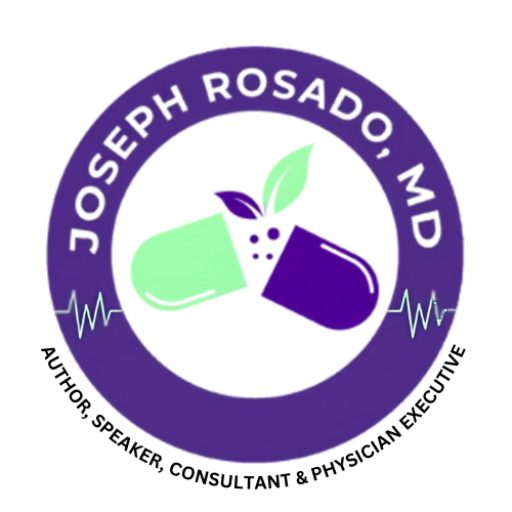A Simpler Path to Relief—From the Comfort of Home

If you’re struggling with chronic pain, anxiety, PTSD, or another qualifying condition, medical marijuana might offer the relief you haven’t found elsewhere. But many patients delay getting certified—not because they’re unsure about the benefits, but because they’re overwhelmed by the process.
The good news? In many states, you can now get certified for medical cannabis entirely online—no in-person visit required.
Step 1: Check Your State’s Medical Cannabis Laws

Medical marijuana laws vary by state. Some allow full online access, while others still require partial in-person steps.
Before beginning the certification process:
- Visit your state’s Department of Health or medical marijuana program site
- Confirm whether telemedicine certifications are allowed
- Review the list of qualifying conditions (these often include chronic pain, cancer, PTSD, epilepsy, anxiety, and more)
States that currently allow full online certification include:
California, New York, Florida, Pennsylvania, Oklahoma, Maryland, and more.
Step 2: Find a Licensed Medical Marijuana Doctor

To get certified online, you must consult with a licensed physician (or qualified nurse practitioner, depending on the state) registered with your state’s cannabis program.
Look for providers who:
- Are certified in your state’s program
- Offer telehealth or video consultations
- Have experience treating patients with your qualifying condition
- Provide a secure, HIPAA-compliant platform
Avoid third-party websites that don’t clearly list licensed doctors or use pushy sales tactics.
Step 3: Attend Your Online Evaluation
Most telehealth appointments last about 10–20 minutes and include:
- A review of your medical history and current symptoms
- Discussion of how cannabis may support your condition
- An explanation of the certification process and next steps
Be honest and open. You don’t need to “convince” the doctor—just share your experience and goals.
You may be asked to provide:
- Previous medical records or prescriptions
- A list of current medications
- Identification and proof of residency
Step 4: Receive Your Certification or Recommendation
If the provider determines that medical marijuana is appropriate for your condition, they’ll issue an official certification or recommendation.
This document confirms you are legally approved to participate in your state’s medical marijuana program. In most cases, the provider will:
- Upload your approval to the state registry
- Email you a copy of your recommendation
- Provide instructions on how to complete your registration
Step 5: Register With the State and Receive Your Card

After certification, you must complete the state registration to get your physical or digital medical marijuana card.
You’ll typically need to:
- Submit a state application (often online)
- Pay a fee (usually $50–$100; discounts may apply)
- Upload your doctor’s certification and ID
- Wait for approval (this may take a few hours to a few weeks, depending on the state)
Once approved, you’ll receive your card in the mail or via email—and you can legally purchase medical cannabis from licensed dispensaries.
Step 6: Visit a Licensed Dispensary
With your certification or card in hand, you can now visit a local or online dispensary to purchase approved cannabis products.
Dispensary staff, also known as budtenders, can help guide you to appropriate options based on your symptoms and goals.


Step 7: Follow Up as Needed
Medical marijuana certifications typically last 6 to 12 months. Some states require follow-up visits or renewals to maintain active status.
Be sure to:
- Track your response to treatment
- Stay in touch with your certifying provider
- Schedule renewal visits before your card expires
FAQs: Getting Certified for Medical Marijuana Online
Yes, if your state permits telehealth evaluations for medical marijuana. Many states now fully support this option.
Common qualifying conditions include chronic pain, PTSD, anxiety, insomnia, epilepsy, cancer, and more—varies by state.
Some patients are certified within 24–48 hours; others may wait up to 1–2 weeks depending on the state approval process.
Not always, but having them helps. Some doctors may approve without them based on your self-reported symptoms.
Yes. Reputable providers use HIPAA-compliant platforms to ensure full privacy and confidentiality.
If you don’t qualify, you may not receive a recommendation—and you won’t be charged in many cases.
In some states, yes. Others allow home delivery or online ordering with a valid card.
Unfortunately, medical marijuana is not covered by insurance due to federal regulations.
Yes, most states require certification renewal every 6–12 months through another evaluation.
Final Thoughts: A New Way to Access Relief

Getting certified for medical marijuana doesn’t have to be confusing or time-consuming. Thanks to telehealth, patients can now get safe, compassionate access from the comfort of their own homes—no long wait rooms or travel required.
If you’ve been managing a chronic condition or mental health challenge and haven’t found the relief you need, medical cannabis could be a next step worth considering.





